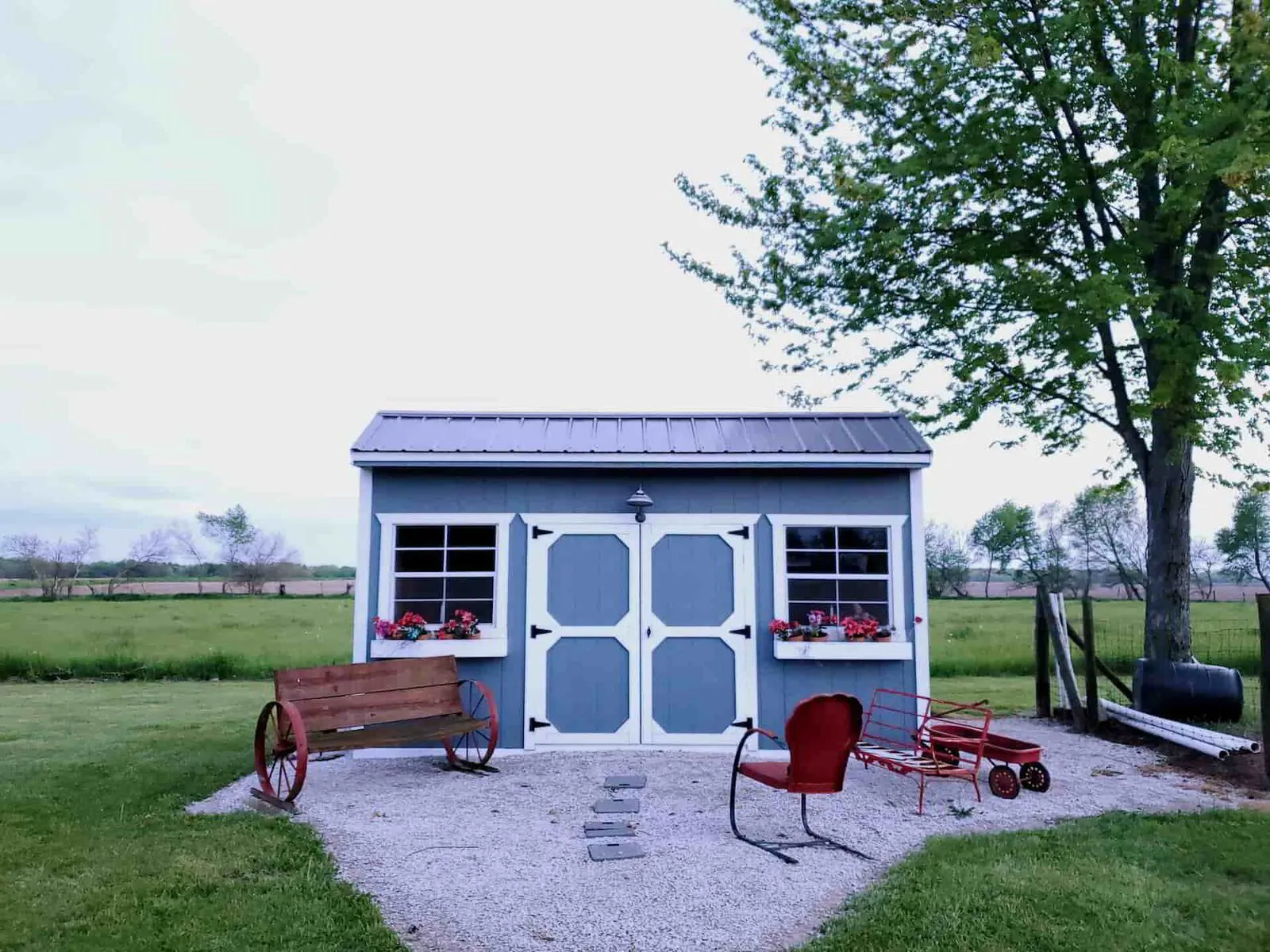Summer is right around the corner, which means that it's time to level up your backyard.
DIY backyard projects can range from simple tasks like planting a garden to more complex projects like installing a fence or building a new shed.
If you're considering a shed addition to spruce up your backyard, there are different types of shed foundations you can choose. The best option will largely depend on the size of your new shed and how you plan to use it.
No matter what kind of foundation you choose, it will need to be strong and able to withstand any kind of weather.
Overall, there are five foundations most commonly used for sheds. Keep reading to learn more about each one and how they can boost your backyard aesthetic this summer.
🏡 How To Choose a Shed Foundation
Choosing a foundation for your shed comes down to a few factors. For one, you'll need to determine the grade of your yard and how much space your foundation will take up.
If your yard is fairly level, any foundation on this list will do. However, if your yard sits on a steep hill, then you'll probably have to go with a more customizable (and labor-intensive) option like using posts and beams.
The second step is to ensure that installing the type of foundation you choose is ideal for the location. For example, if there are sewer lines beneath that area of your yard, you’ll want to opt for a foundation that is easy to remove or repair should ever you need an outdoor plumbing inspection.
Lastly, factor in the length of time you have to complete the project. Concrete, gravel, and wood are the quicker options on this list, where their installation may only take a day or two.
🏡 1. Gravel
Gravel shed foundations can help distribute weight and provide drainage for all kinds of sheds.
Gravel foundations are also great options for backyards with a lot of uneven terrain. Not only will this kind of shed foundation help prevent decay, but it's also one of the easiest foundations to install for all kinds of DIY projects — not just sheds.
Though it's the foundation option that provides the most drainage, gravel isn't as sturdy as the other options on this list, like concrete or posts and beams. You will also need to maintain this foundation regularly.
You can also use crushed gravel for the shed's foundation which will increase stability and water drainage. This type of gravel is sharp-cornered allowing for each piece to interlink better, which in return will lead to a firm base and minimizes the chances that your foundation will shift over time.
Incorporating crushed gravel is a great choice if you want to increase your foundation's longevity and durability."
🏡 2. Concrete Slab
Concrete may sound intimidating, but it's actually one of the most friendly shed foundations for DIYers. It’s also a fire- and insect-resistant option. The biggest roadblock standing in the way of homeowners laying a concrete shed foundation themselves is estimating the concrete order.
After measuring your yard and determining the area where your foundation will sit, you can use a concrete slab calculator to determine how many premix bags you'll need.
Since premix concrete bags come in various shapes and sizes, a calculator can be your best friend when laying this type of shed foundation yourself.
🏡 3. Wood
A wood foundation, or timber-frame foundation, can be a great option for your backyard. However, since this foundation can be prone to rot and insects, it will need to be treated.
Timber-frame foundations are customizable and can support all kinds of options within the pressure-treated wood frame. Though this foundation is more prone to mold and water damage, it's a simple option if you want something done fast and easily.
Wood is a great foundation for at-home workshops and tool sheds.
🏡 4. Concrete Masonry Units (CMUs)
Concrete masonry units — commonly referred to as cinder blocks — is another great shed foundation for uneven yards or yards prone to flooding. You can set concrete masonry units into your gravel or concrete foundations and level them depending on your yard's grade.
CMUs are a perfect foundation option for larger sheds that will hold a lot of weight. Since they are a load-bearing material, this foundation is great for shed conversions like home offices.
🏡 5. Post and Beams
Post-and-beam shed foundations are far and away the best options for yards with a steep grade. As the most customizable shed foundation on this list, you can build a post-and-beam foundation almost anywhere. This kind of shed foundation, however, also comes with its drawbacks.
Wooden posts may not last as long in wet or humid climates and will need regular maintenance. Also, as it's highly customizable, that means you'll have to put in a lot of work to build this foundation.
Finally!
As a DIYer looking to enhance their backyard with a shed addition, the best results start with a solid foundation. Ensure you pick the foundation that's best for you based on your needs, yard grade, budget, and total area.
Once you’ve finished constructing your new shed, the next step is determining how you’ll use the extra storage space!
From an at-home gym to a backyard retreat, the ideas are limitless. For tips and hacks on interior design, our blog is your go-to for inspiration.
Scott Harding
Scott is the main author of DIY Home Comfort. He's also an experienced HVAC technician that enjoys home renovation and spending time with his family. You can find out more about him here.




